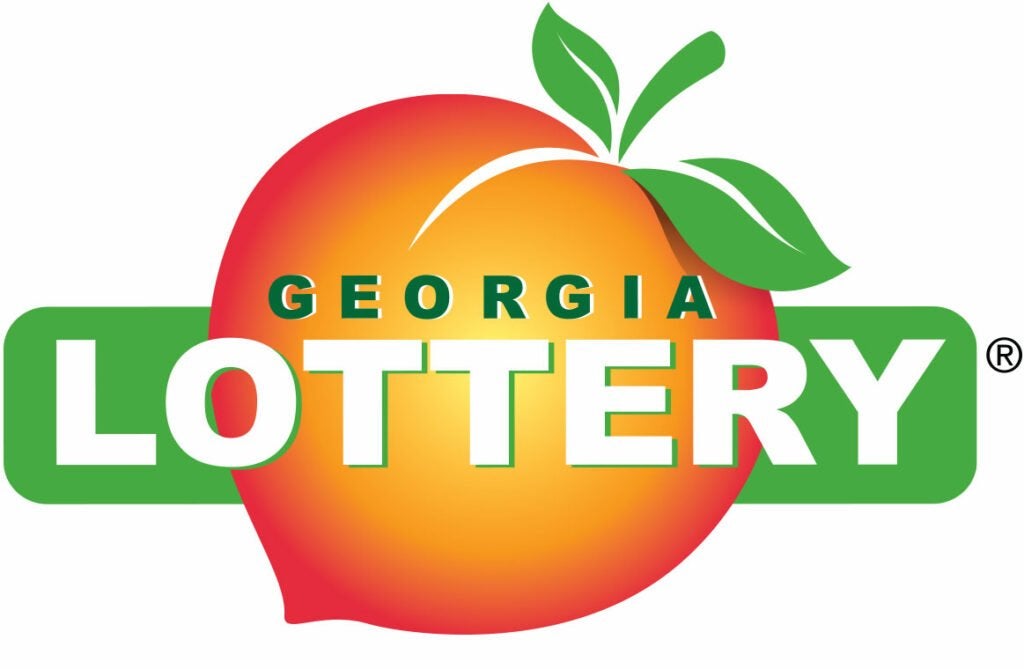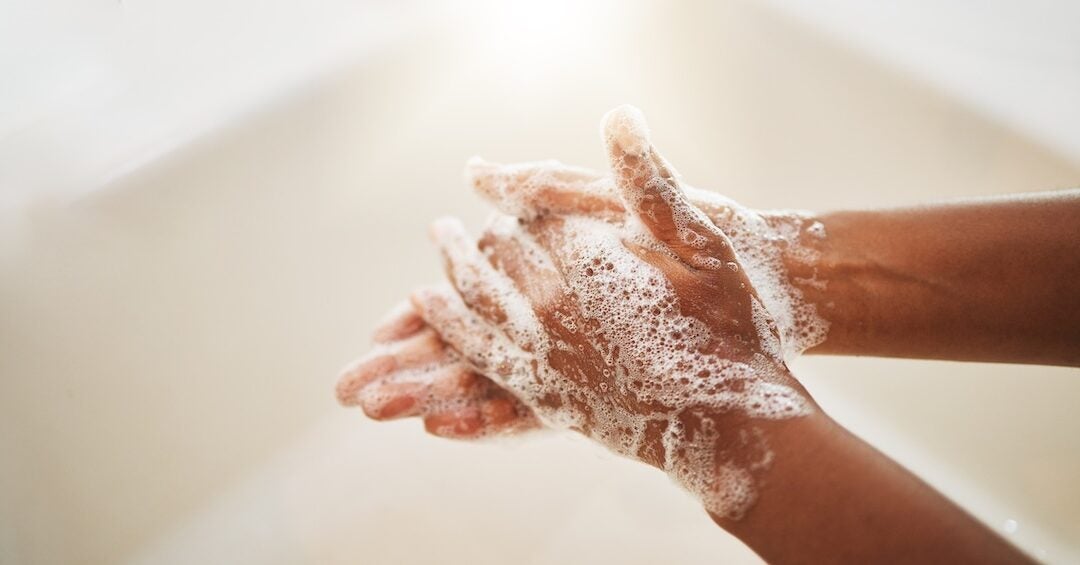March is finally here and the gardener in most of us is chomping at the bit to get going. Fortunately, there’s plenty to do.
Let’s start with a few notes on your lawn. If you haven’t already, put out a pre-emergence herbicide to suppress spring weeds. But don’t be tempted to use a “weed & feed” product. The reason is that putting out fertilizers on most lawns is useless until the soil temperature has reached about 65 degrees F. In our area this typically happens around mid-April. Fertilizers put out now are just going to wash away, wasting your money and polluting our waters.
If you really want to learn more about the rather complex issue of turf grasses, this article by Dr. Clint Waltz is one of the best that I have seen. Dr. Waltz is widely recognized as one of the best turf grass specialists in the country. https://secure.caes.uga.edu/extension/publications/files/pdf/B%201533-1_1.PDF
Lots of folks in our area use some type of liriope, commonly called monkey grass or Lilyturf, in their landscapes. The Liriope muscari, “Variegata,” is one of the most popular types because of its attractive variegated leaves and lavender flowers and the very important fact that it forms clumps and doesn’t tend to spread like Liriope spicata, which is typically highly invasive.
These hardy plants seem to be able to survive just about anything and come right back every spring through they generally look pretty ragged by now. Now is a good time to break out your lawn mower and mow these back to three to four inches high. This will get rid of all the old dead foliage and within a few weeks they will spring back with beautiful new growth.
MORE: Homeowners resist eminent domain for Harlem Grovetown sewer line project
You could always use hand clippers if the idea of using the lawn mower on them seems a bit aggressive. And, by the way, these plants are extremely easy to propagate in late April and May by just digging up a clump, splitting it into two to four pieces and replanting them. They make great borders.
If you read last month’s column, you know that mid-April is generally considered a “safe” time to put out your vegetable transplants because the soil temperature has probably reached 65 degrees F., and the threat of frost is pretty much past. If you want to get a jump on growing your favorite tomatoes (as well as other vegetables) this means that you need to seed them up now if you haven’t already done so.
You generally need at least six weeks to grow a good transplant. And speaking of seeds, this is the perfect time to start those herb seeds as well. These two links from the University of Georgia Cooperative Extension Service have in depth information on starting seeds in general and growing herbs in the South. https://extension.uga.edu/publications/detail.html?number=B1170&title=Herbs%20in%20Southern%20Gardens
Now is a great time to make the rounds of your house and tend to some house plant maintenance. Remember these plants need the same things as their outdoor dwelling cousins. They need food, water, light and a warm place to live. All in the proper amounts and at the right time. The cultural needs of house plants can vary widely, so take the time to learn about those you have and read up on those that you might be interested in getting in the future.
The biggest issue for many plants we try to grow inside is getting enough light. Some plants like Golden pothos (Epipremnum Aureum), Cast iron plant (Aspidistra elatior) and Snake plant (Dracaena trifasciata), also known as mother-in-law’s tongue will just about grow in a closet, but most others will need more light. In recent years, LED (light emitting diode) lighting which emphasizes the photosynthetically active portion of the spectrum has become widely available and inexpensive enough for the home gardener, if you are really into upping your game.
However, a bright south facing window is still the old tried and true standby for sunlight. We could write about house plants all day, but here’s a link to one of the best experts in the field. Bodie Pennisi is the Vince Dooley Professor of Horticulture at UGA. This is her professional take on how to succeed with your house plants. https://secure.caes.uga.edu/extension/publications/files/pdf/B%201318_6.PDF
By the way, all these links are free, downloadable PDF files which you can either save in your computer or print out.










